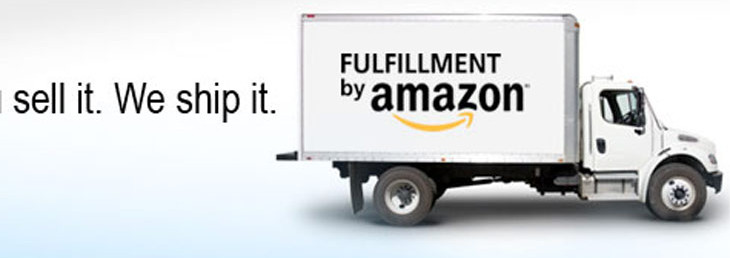Amazon, collaboration and the “Upper Hand” syndrome

Fulfillment by Amazon (FBA) program is probably one of the most outstanding examples of a move considered counterintuitive if thought in terms of traditional business models but, at the same time, it can also be contemplated as a very intelligent initiative if taking into account the (for some) unsuspected benefits of a new more open & Co- approach to business. But It can also end up as an example of how this kind of collaborations do not need to be altruistic to succeed but they must be win-win to survive.
Many of us were puzzled when some years ago Amazon suddenly started to sell not just their own items, but some other vendor’s too. Instead of competing with other retailers, Amazon chose to enable them, offering any professional third-party vendor to access its billing, marketing, distribution, and customer relationship management systems.
By separating its production and distribution business, Amazon created an ecosystem of retailers who are wholly integrated into its fulfillment process. The company looked to its value chain to find a space in which they could stop competing and created a new model of cooperation. Of course, the goal was not to make friends but to increase revenue.
An idea that paid off
The idea paid off: For start, third-party vendors allowed the retailer to offer a much broader range of products. The service fees Amazon receives from this other companies range from 14 to 40 percent of the purchase price. Today, more than 2 million third-party sellers supply around 40% of all of items sold on Amazon and account for between 10 and 15 percent of its total revenue. Third-party sales grew by more than 40 percent year-over-year — a much faster clip than sales on Amazon overall. Some analysts believe third-party sales will eventually eclipse direct sales of goods by the company.
Of course, participants in the program also win. The company noted that 73% of participants in a 2013 survey reported unit sales increases of 20% or more on the Amazon site after becoming FBA sellers. Customers are confident in making purchases backed by Amazon’s customer service and returns policies even when they’re not buying directly form Amazon but from third-party sellers. The ecommerce leader’s massive customer base gives mom-and-pop online sellers exposure to more prospective buyers than they could ever hope to attract on their own.
Friends will be friends?
As lucrative as the program could be for both parts, it’s not without controversy. Last year, some merchants filed a class-action lawsuit against Amazon, alleging the company violated Washington state law by holding some sellers’ money for more than 90 days. Some others have sparked customer complaints and friction between Amazon and the makers of branded products. Some manufacturers have said Amazon doesn’t do enough to curb sales of counterfeit goods and expired drugs from such vendors.
Amazon could be tempted for its little incentive to discipline wrongdoing sellers because it takes a cut of any third-party sales bad or good. But at the same time Amazon is risking not to control the whole customer experience that caused its success in the first place. Amazon is increasingly called a bully by many, some media publishing how it has left a trail of competitors crushed by playing hardball..
So, here is the takeaway: Business collaboration could be a source of many benefits for all partners involved, but as any other relationship it needs much care to survive, a care that is usually difficult to pay attention to when thinking you have the upper hand.
